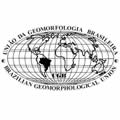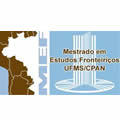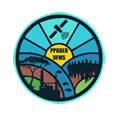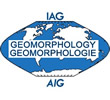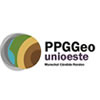Autores
- LEANDRO DOMINGOS-LUZUNIVERSITY OF KENTUCKYEmail: leandro.luz@uky.edu
- GILIANE RASBOLDUNIVERSITY OF KENTUCKYEmail: grasbold@uky.edu
- EDWARD LOUNIVERSITY OF KENTUCKYEmail: edward.lo@uky.edu
- SIDNEY KUERTENUEMSEmail: sid.kuerten@gmail.com
- AGUINALDO SILVAUFMSEmail: aguinald_silva@yahoo.com.br
- MICHAEL MCGLUEUNIVERSITY OF KENTUCKYEmail: mmmc234@uky.edu
Resumo
The Brazilian Pantanal is the world's largest continuous tropical wetland and is
highly biodiverse. This landscape composed of a myriad of rivers, floodplains,
shallow lakes, and alluvial fans was shaped primarily by late Quaternary
hydroclimatic variability. However, the extent of early human disturbance
remains poorly explored in the environmental history of the Pantanal. In this
study, we integrated geoarchaeological information with published
paleoenvironmental datasets to better understand the landscape evolution of the
Pantanal wetlands. We found that permanent human settlements began in the mid-
Holocene, and mounts (artificial terrains elevated above the flood level) became
useful features for handling the flooding dynamics. These mounts are distributed
throughout the Pantanal, and we suggest that such features had a greater impact
on the landscape evolution than is often acknowledged in geomorphological
studies. Additionally, hydroclimatic changes after ~ 4.5 ka contributed to human
displacement and abandonment of settlements, which were restored after ~ 2.5 ka
when modern hydroclimatic conditions were established.
Palavras chaves
Geoarchaeology; Hydroclimatic changes; Fluvial Geomorphology

